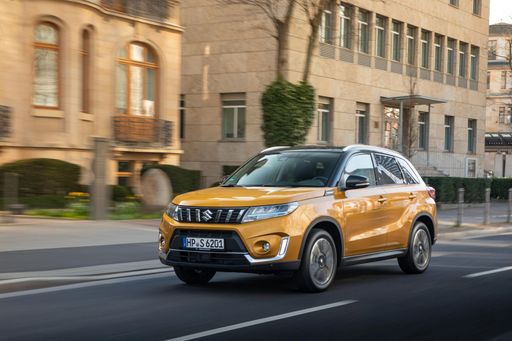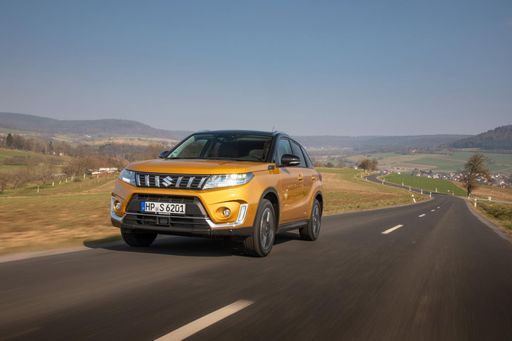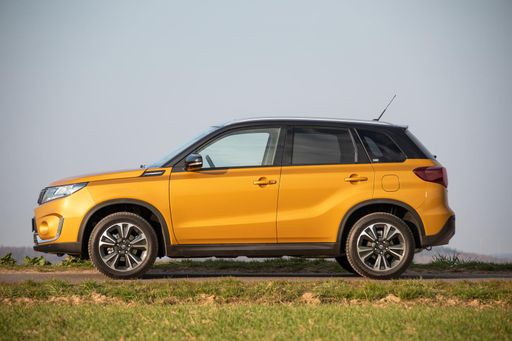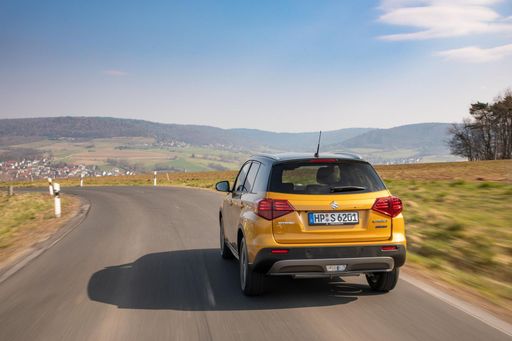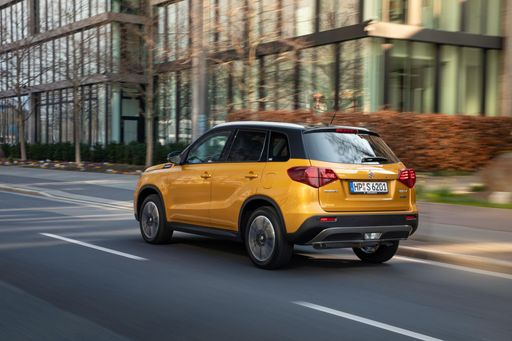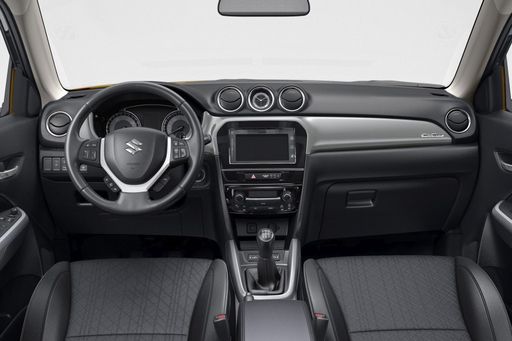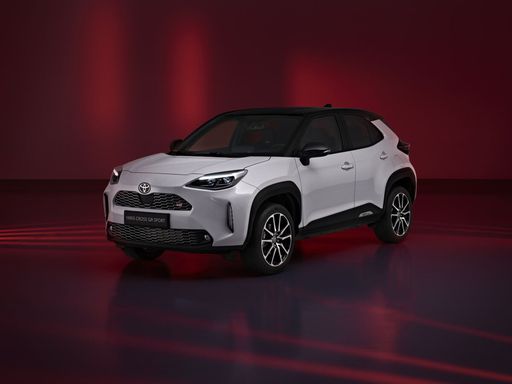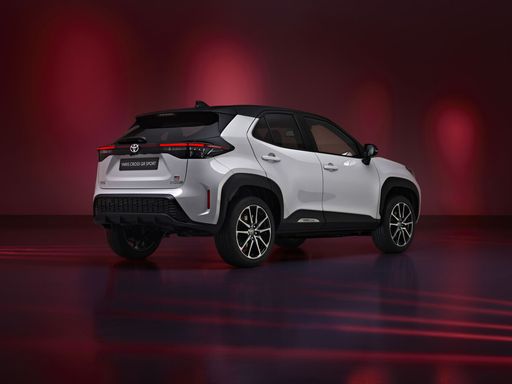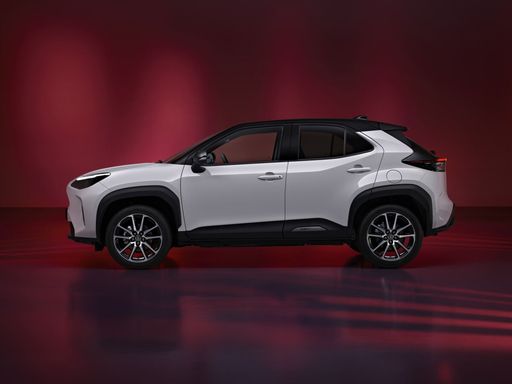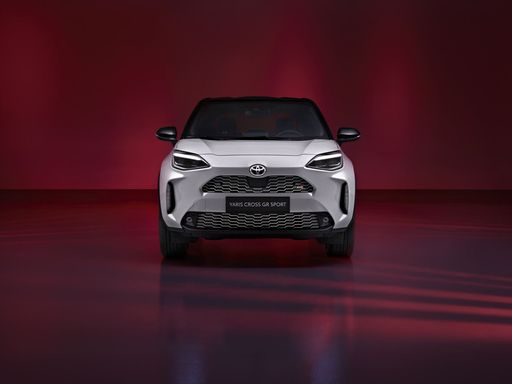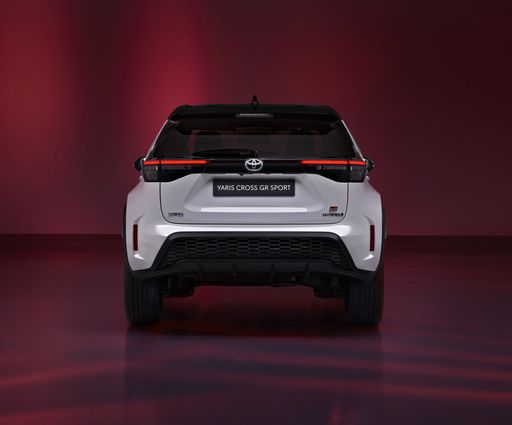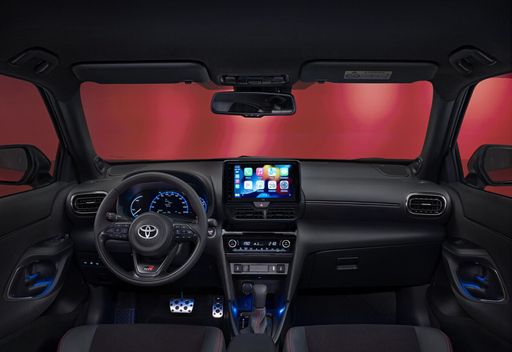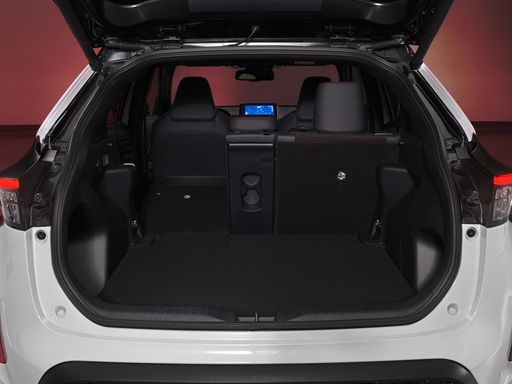Small SUVs, Big Personalities
The Suzuki Vitara and Toyota Yaris Cross approach the same brief with very different accents. One is an old-school crossover with a tough, no-nonsense vibe, the other a city-savvy style piece with a green conscience. Both promise easy ownership and stress-free daily driving, but they charm in their own ways. Consider this a contrast between hiking boots and sleek sneakers—both practical, just tuned for different days.

